PS5
Ezo spreads before you, a rugged tapestry of snowy ridges, bamboo groves, steaming springs, and golden sunlight cutting across pine-dusted valleys. Ghost of Yōtei is not merely a sequel to Ghost of Tsushima. It is that game matured, refined, and set against a landscape that is as much a character as any samurai. Here, the protagonist Atsu walks the line between vengeance and memory, tasked with hunting the elusive Yōtei Six while navigating a world which is equally beautiful and menacing.
From the outset, Sucker Punch signals that this is a game of freedom and exploration. The verticality of the terrain is immediately apparent: mountain passes demand deliberate climbing, ledges offer multiple routes, and the landscape itself encourages discovery. Traversal feels improved over its predecessor. Atsu moves more fluidly and quicker than Jin did, and while the controls occasionally feel sticky (such as a jump not fully connecting, or a ledge caught just slightly off) the moments of smooth motion reward careful timing. It is still a ballet, just with fewer awkward stumbles.
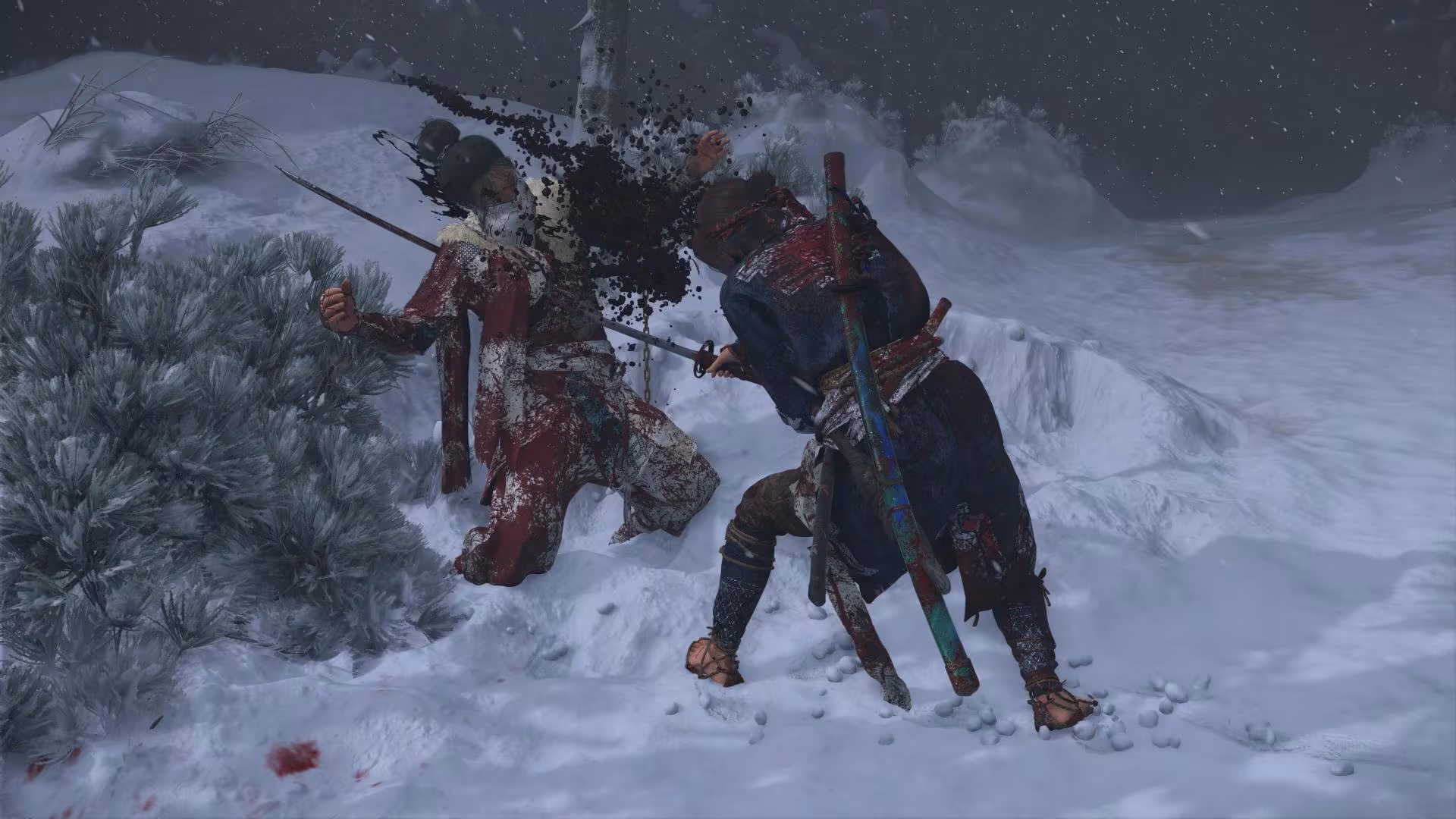
Among the first new toys the game hands you is the spyglass, a simple yet transformative item. It allows you to survey distant peaks, track glimmers of interest, mark enemies, and find paths that might otherwise go unnoticed. Its inclusion subtly reshapes exploration without ever losing the joy of discovery. Similarly, fast travel receives a meaningful upgrade. Players can now jump directly to specific vendors they have visited rather than being limited to generic waypoints. It may seem minor, but in a game chock full of crafting materials, bounties, and optional activities, this change is liberating. The world retains its sense of scale and immersion, but logistics are no longer a mild annoyance.
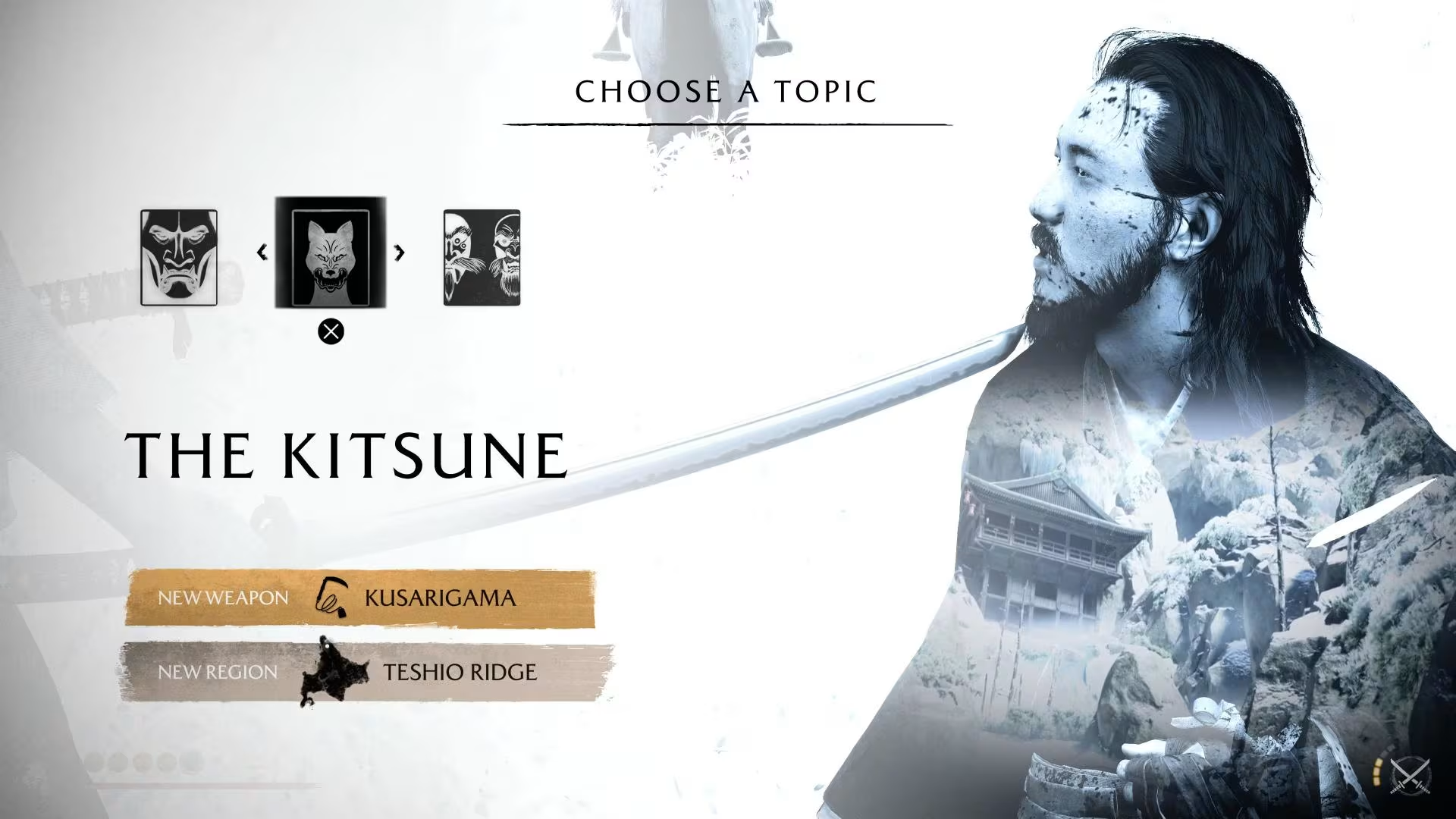
Yōtei leans into optional world interactions more deeply than Tsushima did. Players can cook herbs, prepare meals, or light fires for subtle bonuses or environmental cues. These activities are skippable — never mandatory, never punishing — yet they reward the curious and patient. Crafting expands naturally, allowing you to refine gear and consumables without overwhelming the player. It is a delicate balance: the game tempts you with busywork, yet never demands it. Of course, if you’re not a fan of cooking or crafting, or find the seemingly endless resources you can collect on your travels to be much of a muchness, you can just treat them as utilities to get new gear as and when you find the appropriate vendor.
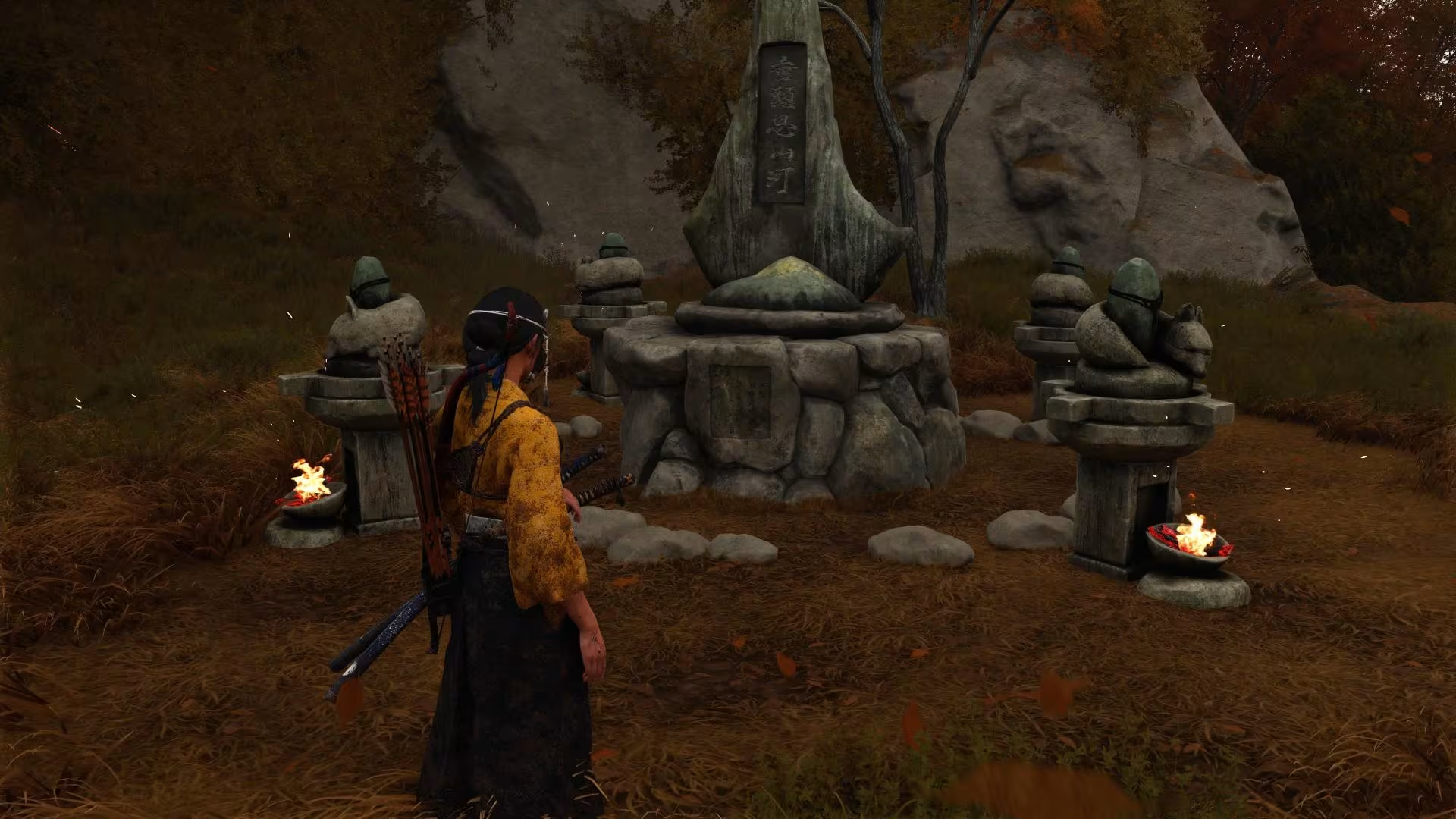
In addition to the fox dens from the previous game, Atsu is now accompanied by a wolf. It is not merely decorative — it guides, alerts, and frames the landscape, reinforcing both the story and the gameplay. Its presence is understated but effective, helping out in battle in meaningful ways, which makes hunting its optional side quests far more rewarding.
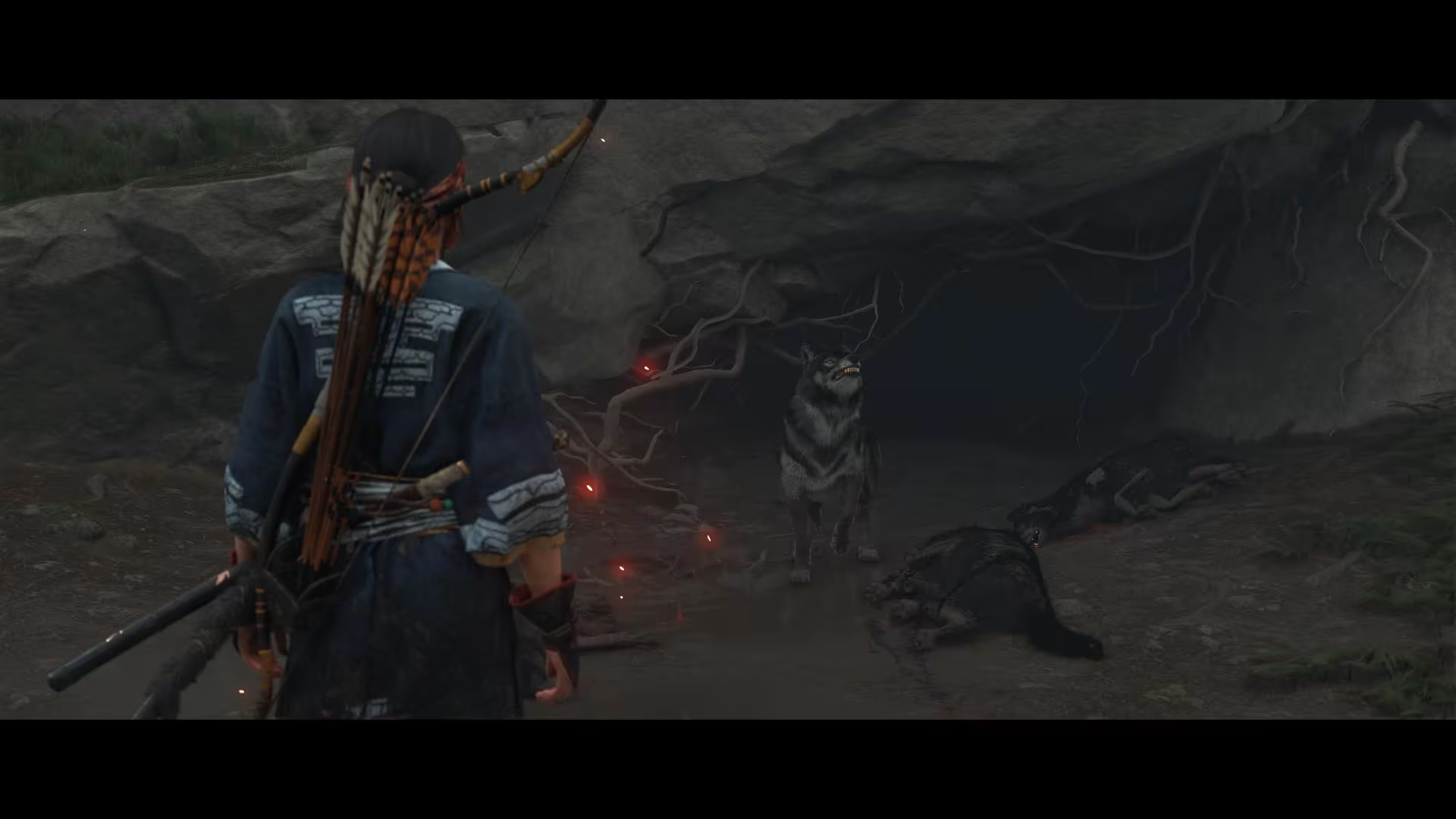
Yōtei replaces haiku with a painting system. It is more involved than the poetic brevity of Tsushima, requiring interaction with the easel and composing a visual reflection of memory. Well, that’s presumably the idea, but in practice it’s just a case of swiping on the touchpad in the direction you’re told until the painting is complete. So, while the mechanic adds something new, and the act of painting is deliberate and methodical, it’s meditative at best, occasionally dull at worst. It works as a narrative device but lacks the instant resonance of a haiku, though your completed works hang in Atsu’s home, making this a more rewarding job than smashing three pre-generated lines together. Furthermore, it demonstrates a willingness to evolve the mechanics without straying from the contemplative nature that defines the series. Puzzle boxes are a far more enjoyable addition, as anyone who has played one of last year's best games can attest. They don't reach that level of detail, but they are still a fun diversion, as is the coin flicking game you can play at numerous sake houses to win cash or items.
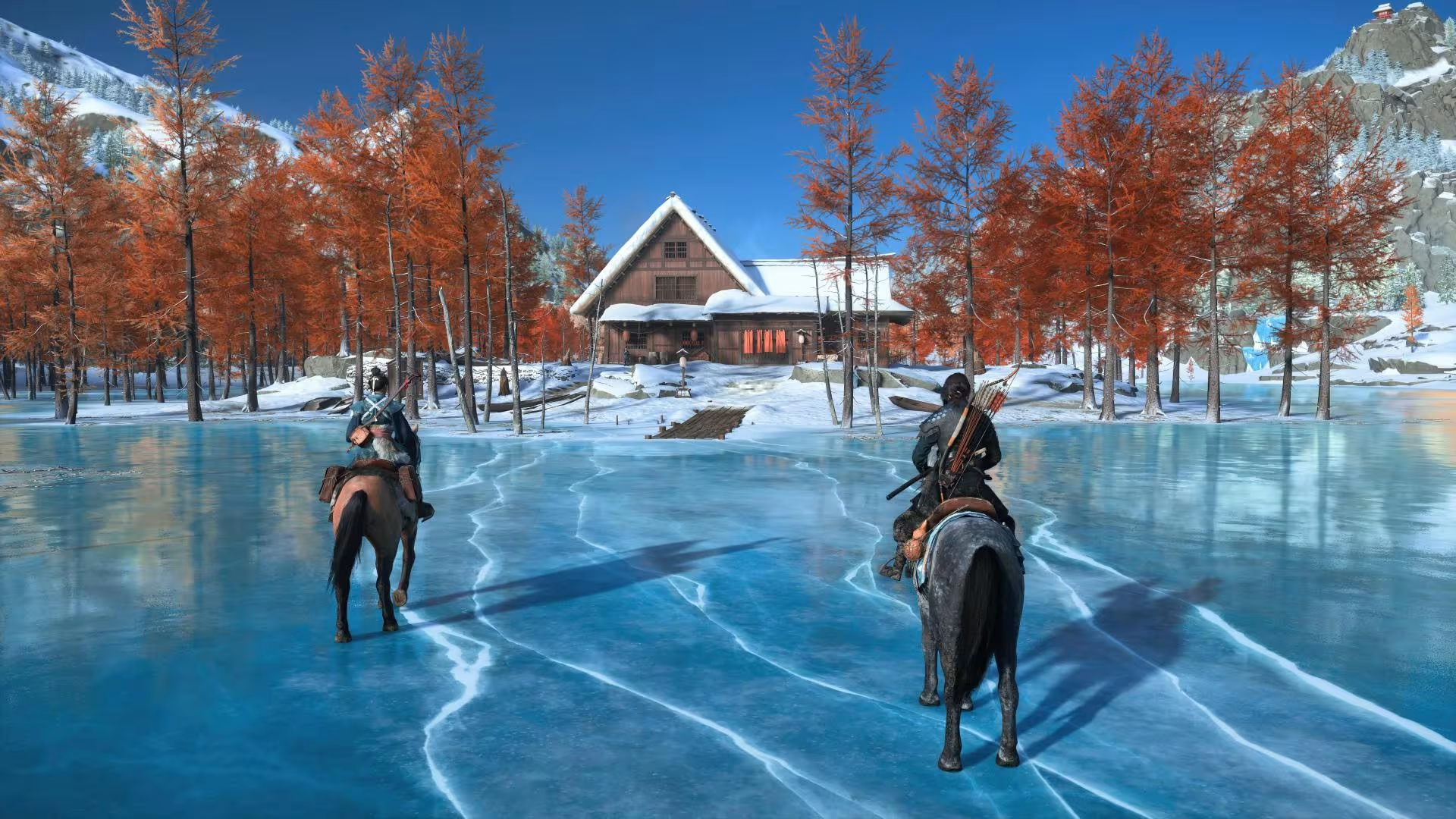
Narrative and gameplay intersect most clearly in the pursuit of the Yōtei Six, the central antagonists whose presence drives the main story. Yōtei layers bounties atop this core structure, creating optional objectives that expand the world and offer challenges beyond the principal narrative. These bounties range from bandit leaders to rogue samurai, and while some are straightforward, others require careful navigation or strategy. They provide both context and texture, giving the player a broader sense of the socio-political landscape in which Atsu operates. The game generally balances these pursuits against the main story (set 300 years after Tsushima), though occasionally side content slips into repetitive cycles which pull attention from the narrative’s emotional core.

Fortunately, the story is bolstered by family flashbacks which let you seamlessly switch gameplay between present and past. This is a story of revenge, and a brutal one. Atsu is defined as much by her memories as her present actions, and small, quiet sequences reveal her life before tragedy, grounding the hunt for the Yōtei Six in emotional weight. With such a clear vision for the protagonist, and one which can be realised in any order you wish (à la Breath of the Wild), this sequel feels paradoxically tighter and more open. I appreciated the ability to hop between hunts for the Six, just as much as I enjoyed the interesting side quests the game threw up in what felt like an organic way. I suspect this is just phenomenally clever world design, but my word, it is a step up from Tsushima’s pretty, but often cut-and-paste tasks.
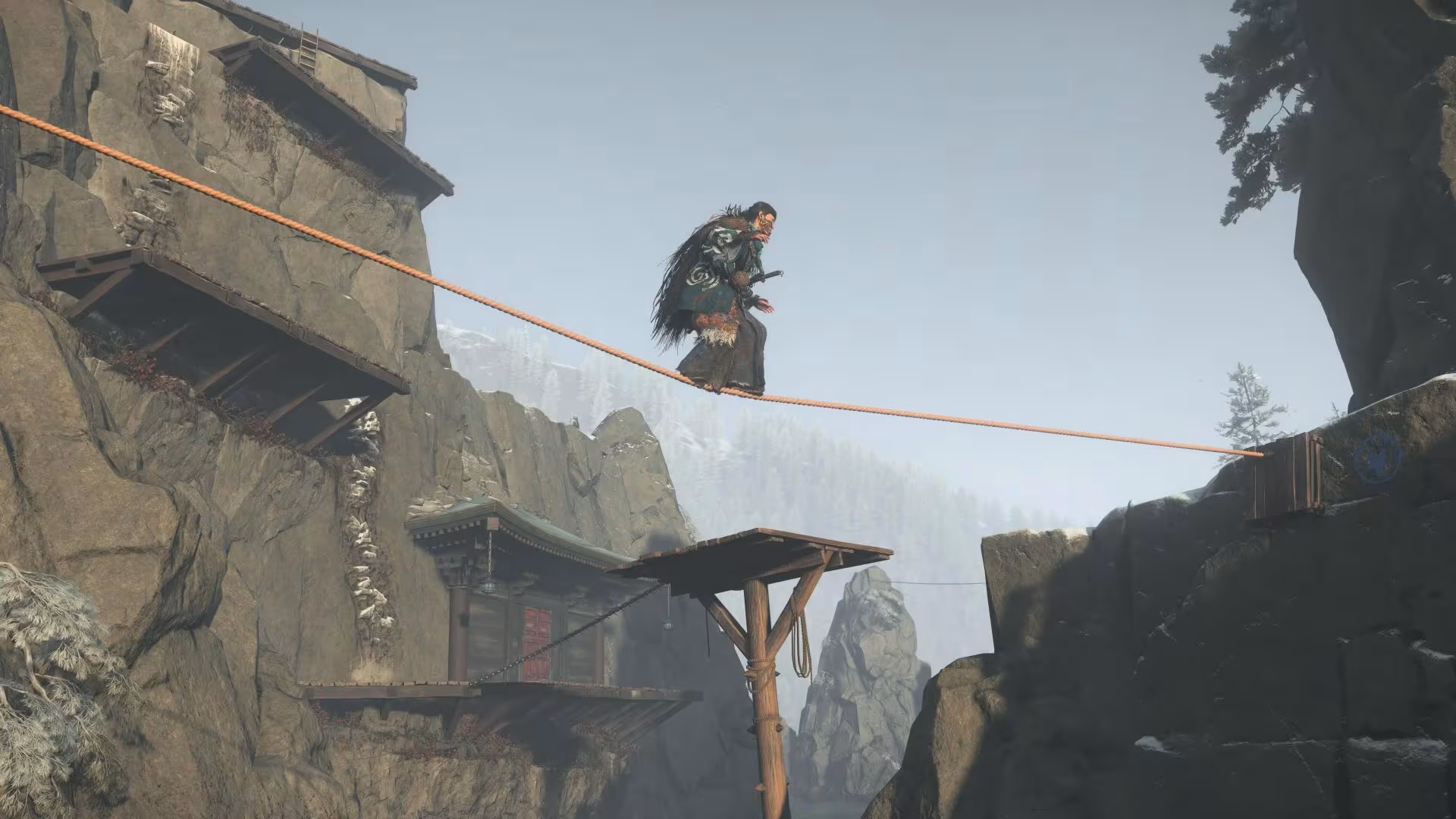
Combat, too, has been refined. There are more weapons, more moves to learn, more consumables to deploy mid-combat. The skill trees are vast, but the points granted to use them come at a generous pace. There’s very little of the character skill reset which sometimes plagues sequels and forces players to unlock all of the same tools they had picked up by the end of the previous game. You’re whisked through tutorials with seamless efficiency, and combat feels meatier and more brutal. I’d highly recommend switching on “Miike mode”, inspired by Takashi Miike, if you want to feel immersed in the mud and blood sprays of a samurai film.
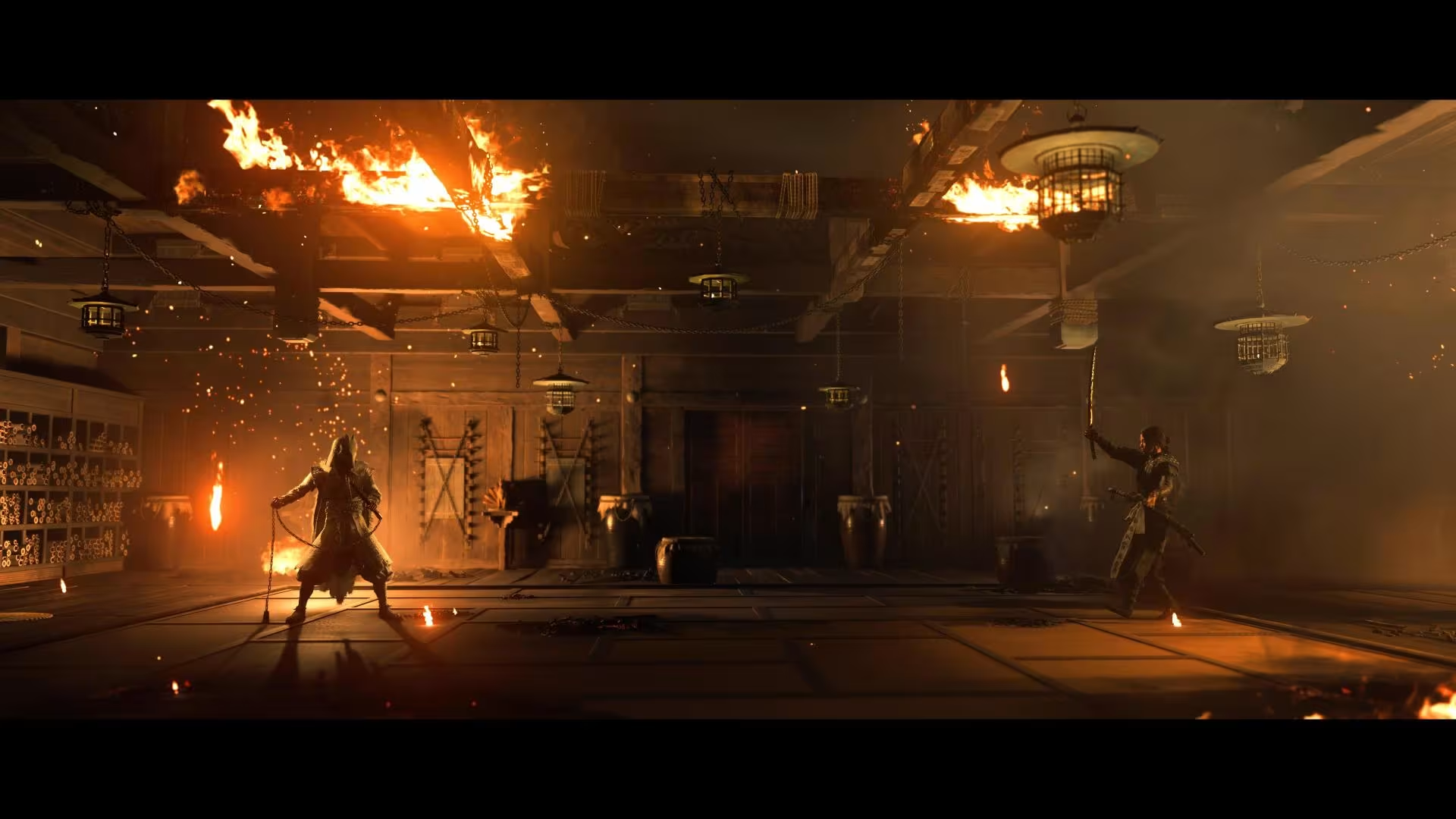
For the aesthete, the game’s visual fidelity and audio design are phenomenal. Snow, mist, and steam interplay with sunlight in ways that make the environment feel tangible. Streams reflect morning light. Mountain peaks tower and beckon. Bamboo groves sway in the wind. It is, without doubt, one of the best-looking open worlds of the year. Complementing this, the soundtrack and ambient sounds immerse without intruding, reinforcing narrative beats and environmental cues. The PS5 hardware allows for a sense of scale, detail, and presence that few games achieve, and it shows in every ridge and river. These production values are not merely decorative, they elevate the entire experience, making even small actions feel resonant.
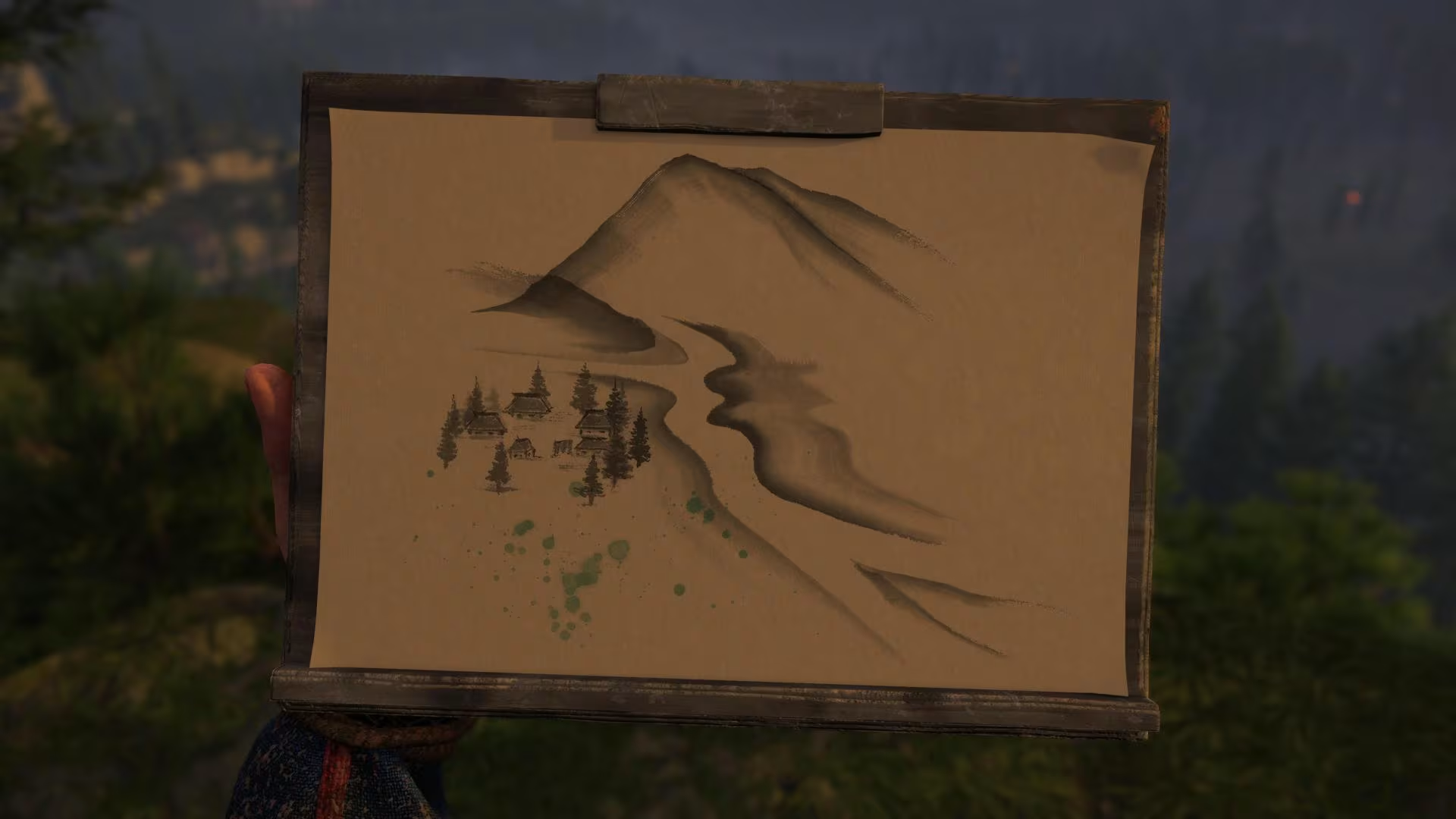
Despite these strengths, however, Yōtei is not without flaws. Traversal occasionally feels inconsistent in tight spaces, and the painting system, while conceptually interesting, can become tedious. Some bounties and side objectives verge on filler, and the Six themselves, while imposing, are occasionally underdeveloped compared with the richness of the world around them. I would love to have learned more about their backstory and motivations, rather than feeling little more than caricatures. The layering of systems — crafting, cooking, rituals, bounties, and exploration tools — can feel overwhelming at first, though the game’s pacing and design generally keep this manageable.
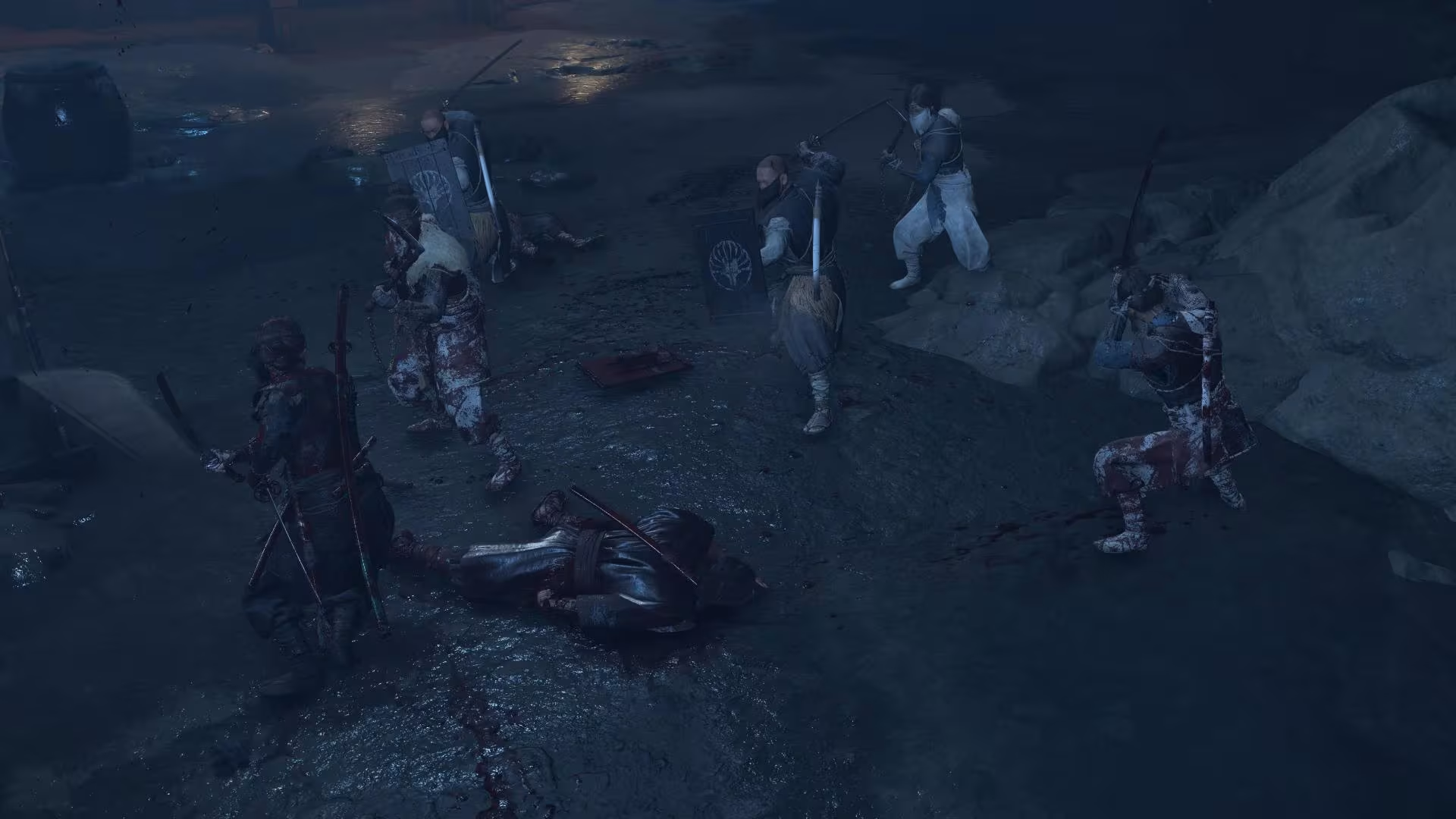
Yet these imperfections are minor bruises against the broader achievement. Ghost of Yōtei feels deliberate, polished, and emotionally resonant. It builds on Tsushima’s foundations while deepening the connection between player, protagonist, and world. Verticality, optional exploration, the wolf companion, family flashbacks, and the layered bounty system all work together to make Atsu’s journey more than a series of combat encounters; it becomes an odyssey across a living, breathing Ezo.

Ultimately, Ghost of Yōtei succeeds not by reinvention, but by refinement. It dodges the bloat trap that Horizon Forbidden West fell into by embracing its heritage, correcting past imperfections, and adding subtle layers that reward patience and attention. The game encourages you to slow down, observe, and reflect — whether you are scaling snow-dusted peaks, discovering hidden altars, or recalling the warmth of a long-lost family hearth. It is cinematic, measured, and alive in a way that few open world games achieve.
You can subscribe to Jump Chat Roll on your favourite podcast players including:
Let us know in the comments if you enjoyed this podcast, and if there are any topics you'd like to hear us tackle in future episodes!



